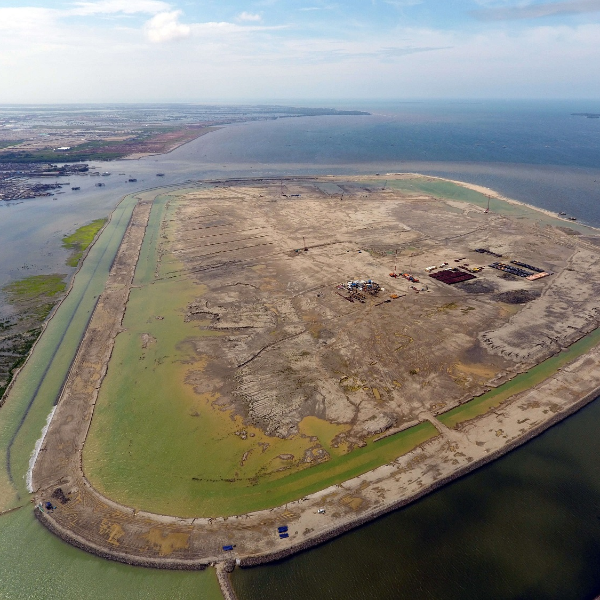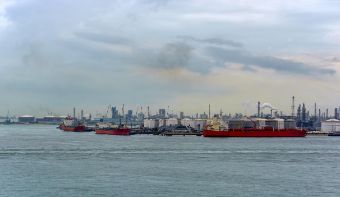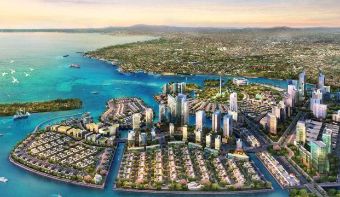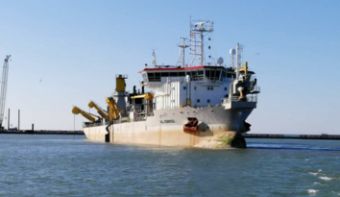Dredging and land reclamation

Dredging and land reclamation
By constructing large parts of their own country, the Dutch have a global reputation as top professionals in dredging, land reclamation and many related disciplines. As a consultant on dredging and land reclamation projects, Witteveen+Bos has extensive expertise. We offer a full range of consulting services for advanced dredging and land reclamation projects. In the preliminary design phase, we conduct the (preliminary) feasibility study and impact assessments. We use advanced computer models to predict, among other things, sediment transport and the workability of the dredging equipment in certain climatic conditions. We provide design services at stages ranging from preliminary to detailed design.
By means of a dredging plan, Witteveen+Bos follows a systematic and practical approach to quantify a given project, allow for an accurate cost estimate and evaluate proposals from bidding contractors. We perform services such as:
- collection of site data and evaluation of preconditions
- dredging profile (nautical, geotechnical, hydraulic design)
- selection of equipment and working methods
- production estimates and timetable
- (initial) environmental impact study
- risk/sensitivity assessment
- quantity and cost estimates
Following on from the design phase, we supervise the permit procedures and the tender for construction as well as the project management and supervision during construction works. We try to work together with local businesses. In addition to providing engineering services, we assist in the procurement of dredging equipment, strengthening organisations and the development of manpower for operational crews by professional dredgers. The dredging and land reclamation projects we are involved in serve different purposes, such as:
- the creation of canals and harbour basins (capital dredging)
- maintenance of water depths in rivers, canals, harbour basins or reservoirs (maintenance dredging)
- land reclamation (beach nourishment, artificial islands)
- creation of water recreation areas
- restoration of aquatic environments (removal, treatment or disposal of contaminated sediments)
- excavating trenches for underwater pipelines
- improving subsoil for the construction of, for instance, breakwaters
- onshore and offshore mining
More information?
We happily answer all questions




